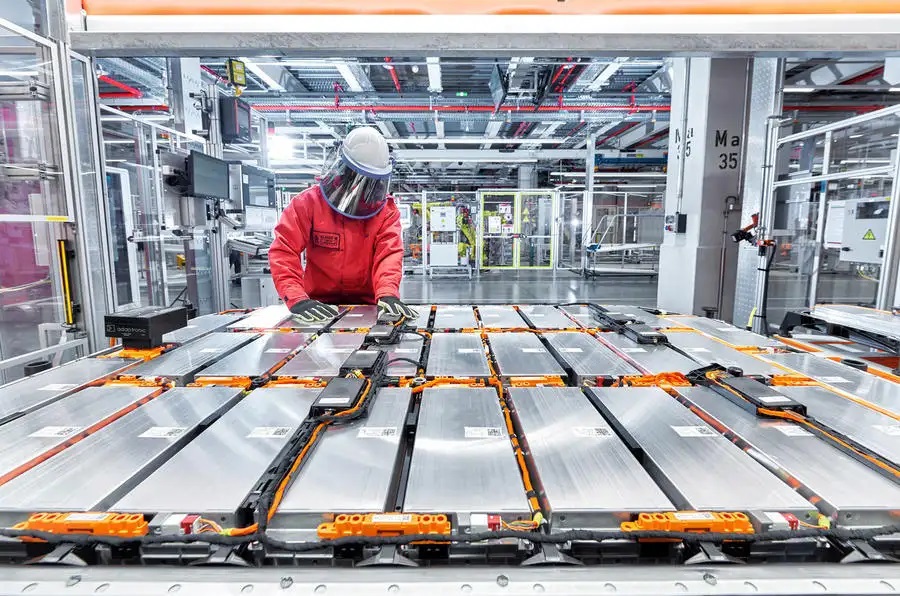Absorbent Glass Mat (AGM) batteries are a type of lead-acid battery known for their efficiency, durability, and maintenance-free operation. The main production processes for AGM batteries involve several key stages, including material preparation, assembly, and quality control.
1. Material Preparation
- Lead Alloy Preparation: High-purity lead is alloyed with small amounts of other metals like calcium or tin to improve battery performance. The lead alloy is then cast into grids which will serve as the battery’s electrodes.
- Lead Oxide Production: Lead ingots are oxidized to form lead oxide, a key component in the battery’s active material.
- Electrolyte Preparation: The electrolyte, usually sulfuric acid, is prepared at a specific concentration for optimal battery performance.
2. Electrode Manufacturing
- Grid Casting: The lead alloy is cast into grids which are then cured to enhance their mechanical properties.
- Pasting: The lead oxide paste is applied to the grids. The positive and negative plates (electrodes) are prepared by adding different additives to the paste.
- Curing and Drying: The pasted plates are cured and dried in a controlled environment to ensure the paste adheres properly to the grids and achieves the desired chemical composition.
3. Absorbent Glass Mat (AGM) Separator Production
- The AGM separator, made from fine glass fibers, is manufactured to have high absorbency and low electrical resistance. It is cut to the appropriate size for battery assembly.
4. Cell Assembly
- Stacking: Positive and negative plates are alternately stacked with AGM separators in between, forming individual cells.
- Cell Insertion: The stacked cells are inserted into the battery case.
- Intercell Connections: Cells are connected either in series or parallel depending on the desired voltage and capacity of the battery.
5. Electrolyte Filling and Sealing
- Electrolyte Filling: The battery cells are filled with the sulfuric acid electrolyte. The AGM separator absorbs the electrolyte, which immobilizes it within the battery.
- Sealing: The battery case is sealed to prevent leakage and contamination. Valves are also installed to regulate internal pressure.
6. Formation and Testing
- Formation Charge: The battery undergoes an initial charge to convert the lead oxide into lead dioxide on the positive plates and sponge lead on the negative plates. This process also helps to form the active material structure.
- Capacity and Performance Testing: Each battery is tested for capacity, voltage, and overall performance to ensure it meets specified standards.
7. Final Inspection and Packaging
- Quality Control: The batteries undergo rigorous quality control inspections, including visual inspection, electrical testing, and leak testing.
- Labeling and Packaging: The batteries are labeled with necessary information and packed for shipment.
8. Recycling and Environmental Considerations
- Recycling: Lead-acid batteries are highly recyclable. The production process often includes recycling used lead and plastic components, which are then reintroduced into the manufacturing cycle.
- Environmental Compliance: Manufacturing facilities must adhere to strict environmental regulations to manage hazardous materials and minimize environmental impact.
Each stage of the AGM battery production process is critical to ensuring the final product is reliable, durable, and meets the performance standards expected in various applications, from automotive to renewable energy storage systems.


